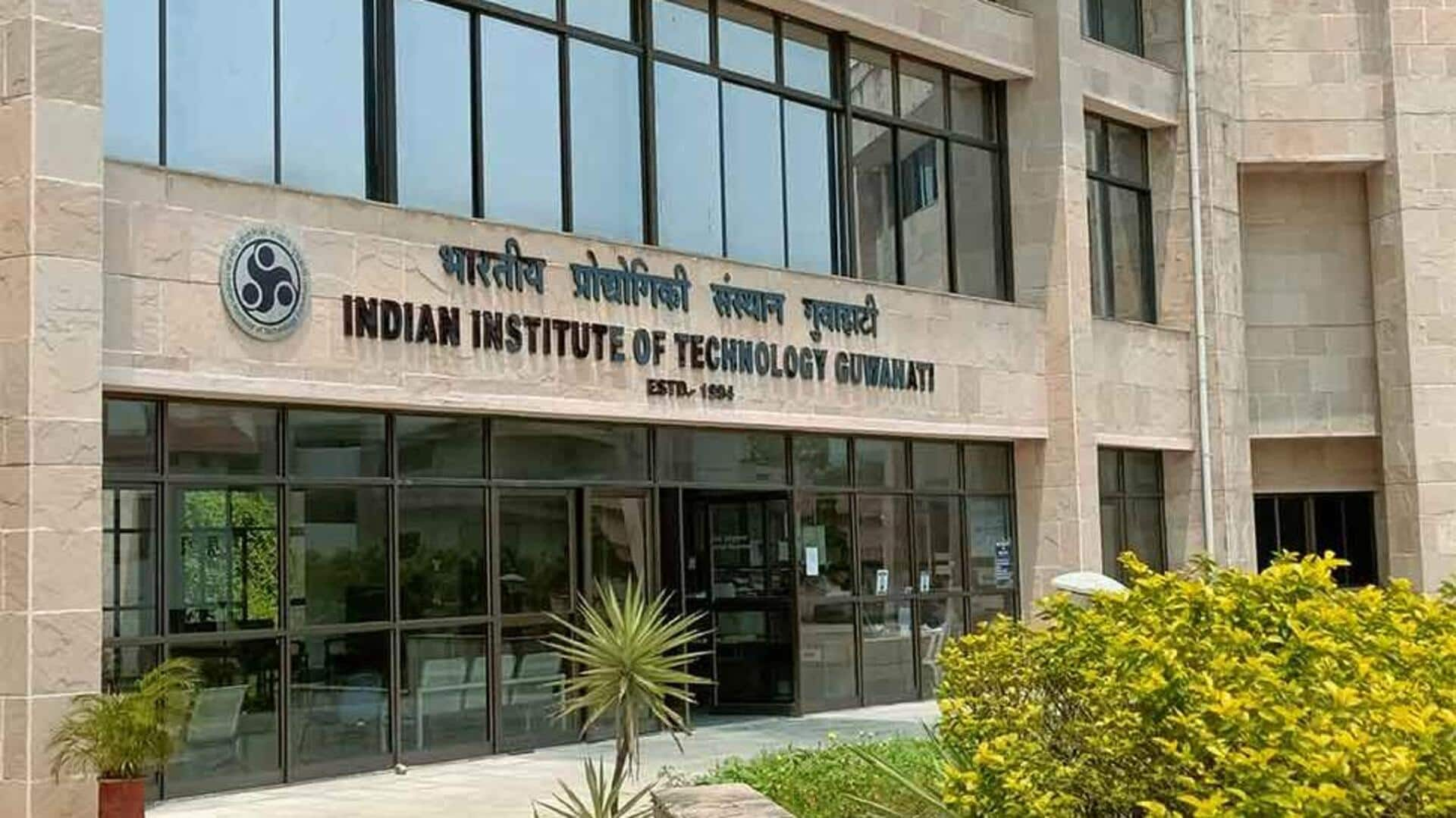
This nanosensor can detect cancer-causing pollutants in just 10 seconds
What's the story
Researchers at the Indian Institute of Technology (IIT) Guwahati have developed a nanosensor for quick detection of cancer-causing pollutants in water. The innovative device detects Mercury, a cancer-causing pollutant, and tetracycline antibiotics, which contribute to antibiotic resistance. The research was led by Professor Lal Mohan Kundu from the Department of Chemistry, along with his students Pallabi Paul and Anushka Chakraborty.
Design
Nanosensor glows under UV light
The nanosensor employs carbon dots made from milk protein and thymine, which glow under ultraviolet (UV) light. However, the presence of Mercury or tetracycline antibiotics causes the glow to fade, providing an instant indication of contamination. Professor Kundu explained that detecting pollutants like Mercury and antibiotics is crucial not just in water but also in biological fluids due to their harmful health effects.
Detection capabilities
It can detect contaminants in less than 10 seconds
The nanosensor can detect contaminants in less than 10 seconds on a lab scale. It can detect Mercury at 5.3 nanomolar (1.7 ppb) and tetracyclines at 10-13 nanomolar, both of which are well below the safety limits set by the US Environmental Protection Agency (EPA). The sensor has been tested in tap water, river water, milk, urine, and serum samples with accurate results in different settings.
Usage
Sensor is low-cost, highly accurate
The research team has also coated the sensor onto simple paper strips for on-the-spot detection with a UV lamp. The findings, published in Microchimica Acta, highlight that the sensor is low-cost, highly accurate, and biocompatible. This makes it a promising tool for future biomedical applications beyond water testing.